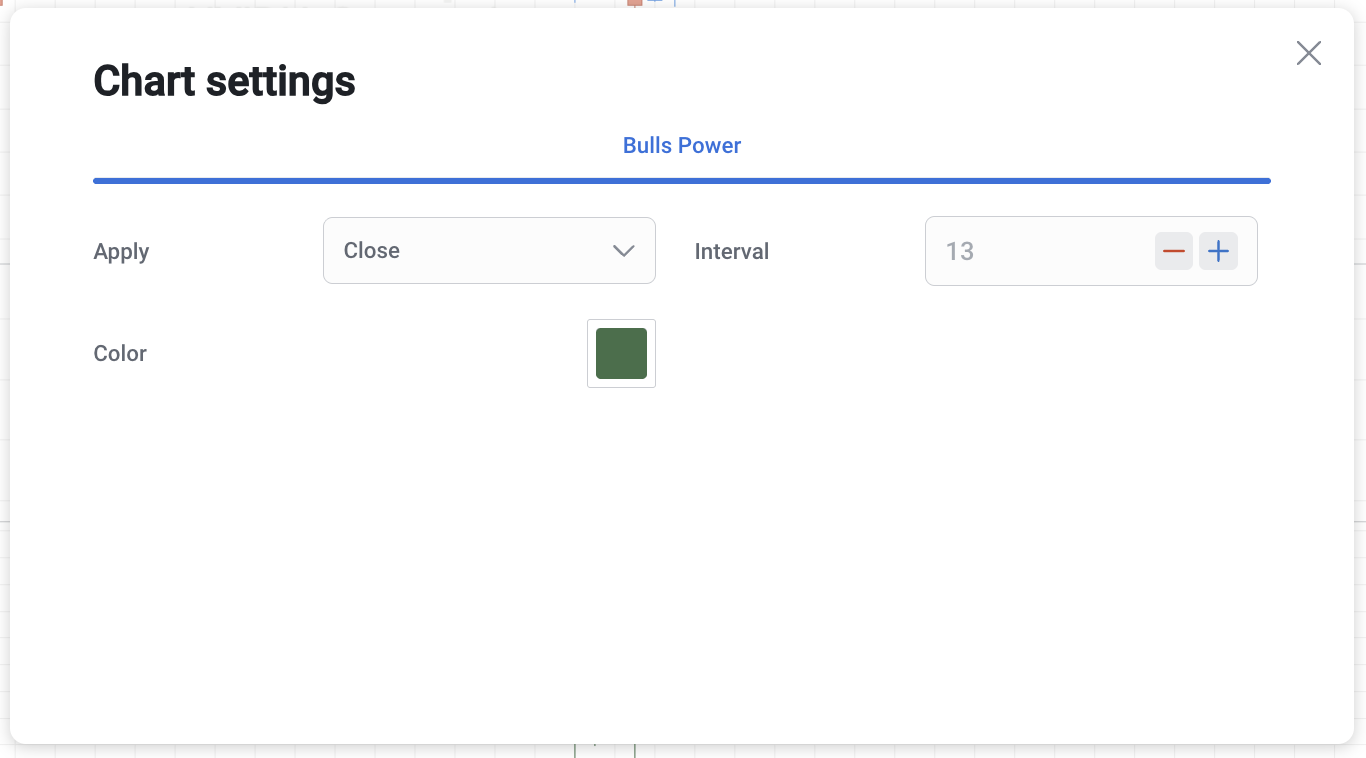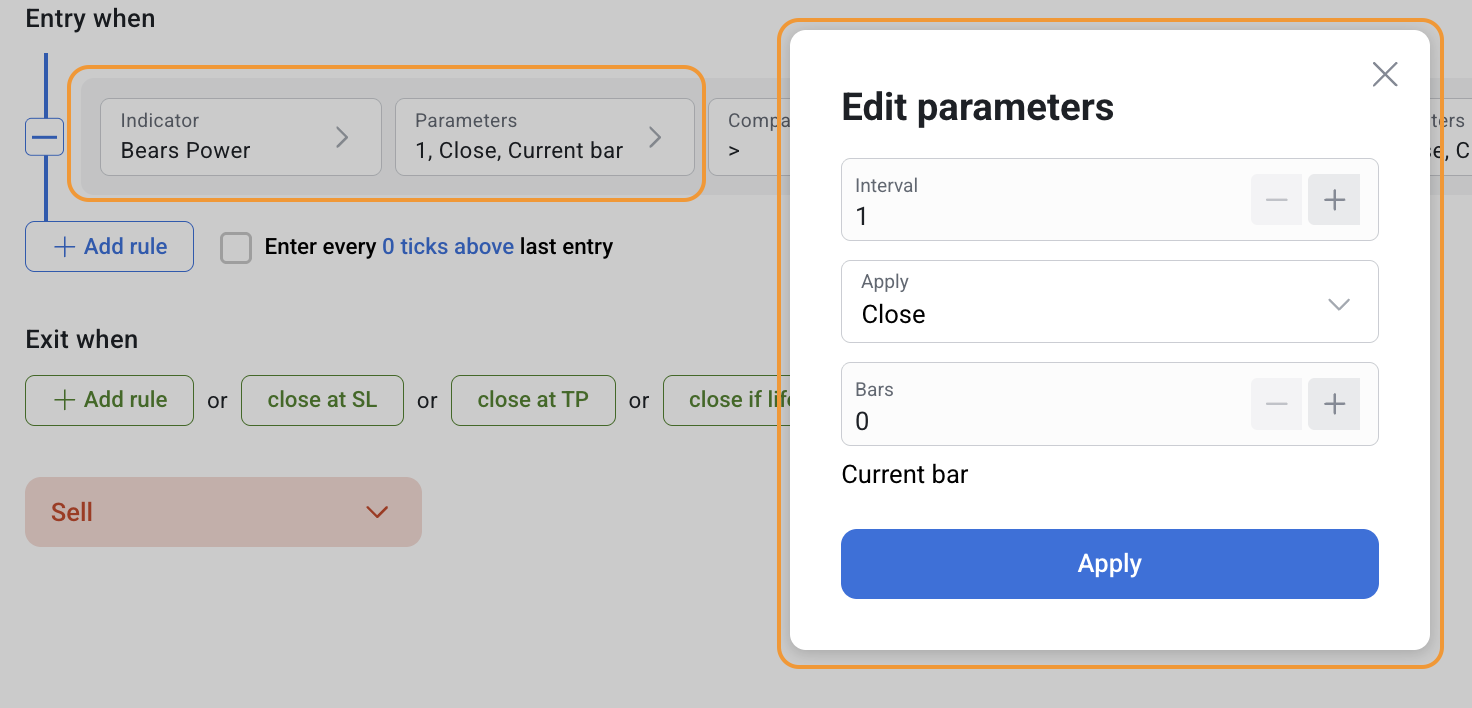Overview
Dr. Elder cleverly named his first indicator "Elder-ray" by virtue of its function, which is figuratively similar to that of x-rays. Developed in 1989, the Elder-Ray helps determine the strength of competing groups of bulls and bears by gazing under the surface of the markets for data that may not immediately be ascertainable at a mere superficial glance at prices. Here we take a look at this indicator.

KEY TAKEAWAYS
- Alexander Elder created the Elder-ray indicator, which gets its name from the fact that it is designed to see through the market like an X-ray machine.
- Elder-ray indicator is plotted as two separate histograms at the bottom of a chart and computed as an exponential moving average minus the high and low of the day.
- The slope of the EMA gives insight into the recent trend: up or down.
- Divergences, such as when prices reach new highs but bull power does not, could send an early signal that a trend reversal is at hand.
Description
Understanding the Elder-ray is inextricably linked to an understanding of oscillators, which are figures used to find turning points in the markets. Oscillators are seen to be indicative of the emotional extremes of both bulls and bears. These extremes are fleeting and unsustainable levels of optimism or pessimism that the vast majority of market participants are exhibiting. Knowing that these extreme conditions never last long, professional traders often fare better than average investors in betting against such extremes. When the market rises and the bulls are greediest, the pros sell short. When the market is at its lowest and fear runs rampant, the pros jump in to buy. To find out more about this indicator and it`s trading signals click here.
Settings in the chart



Settings in Strategies

Since the Bears & Bull Power indicator consists of two separate components (Bear power, Bull power) each of which has its own parameters and values, in RoboBuilder the Bears & Bull Power is also divided into two indicators:
- Bear power
- Bull power
All indicators can be used either together or separately with other indicators.